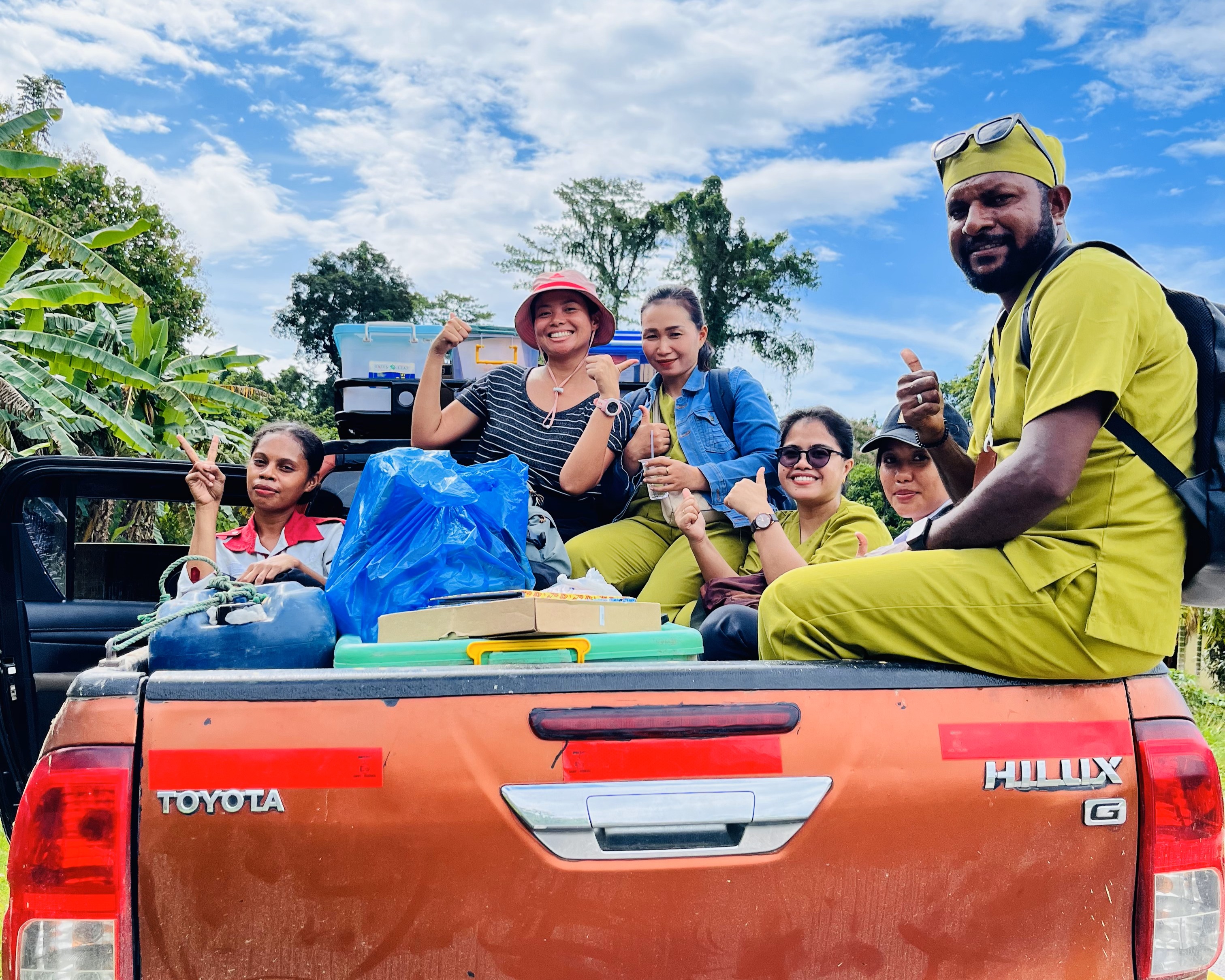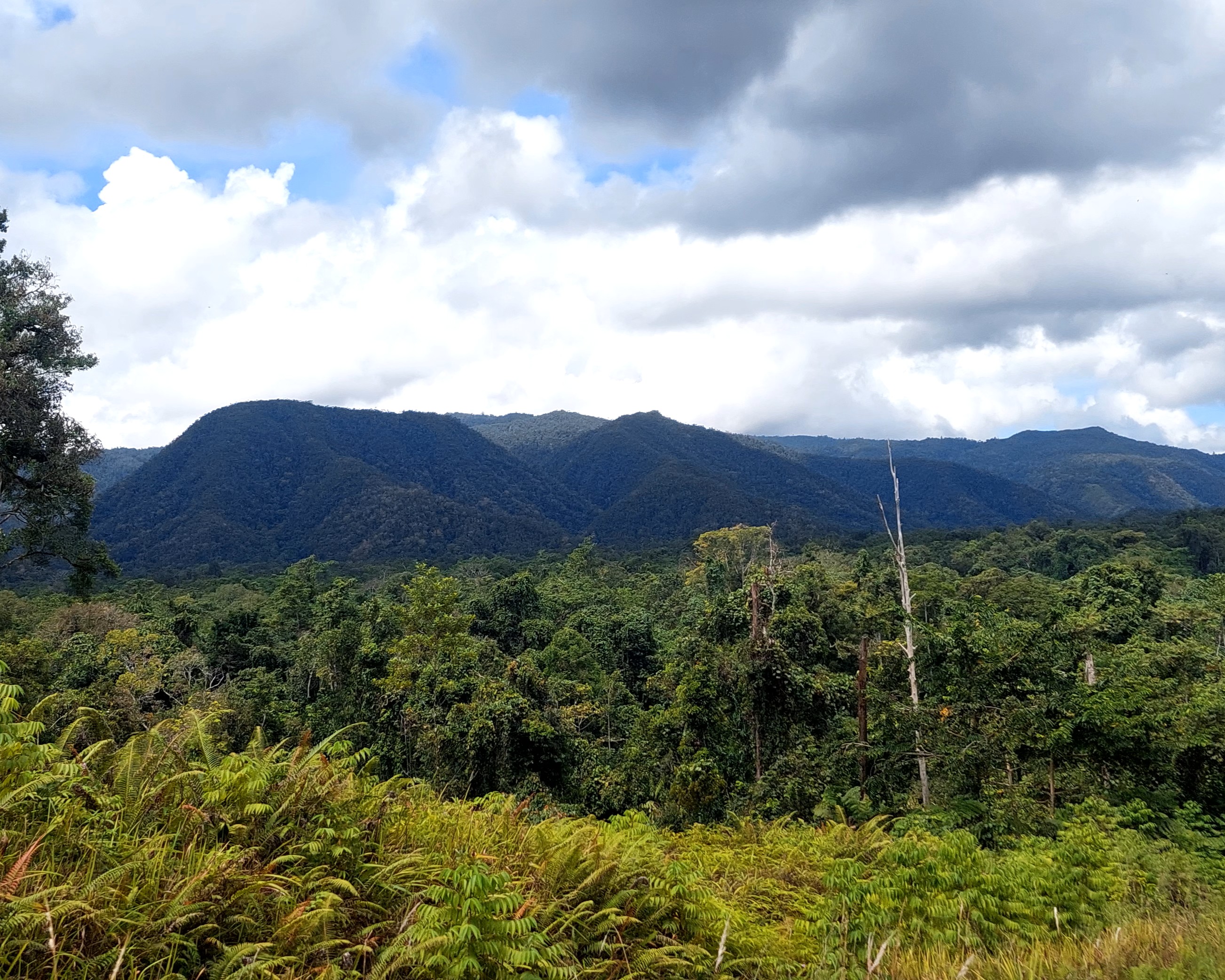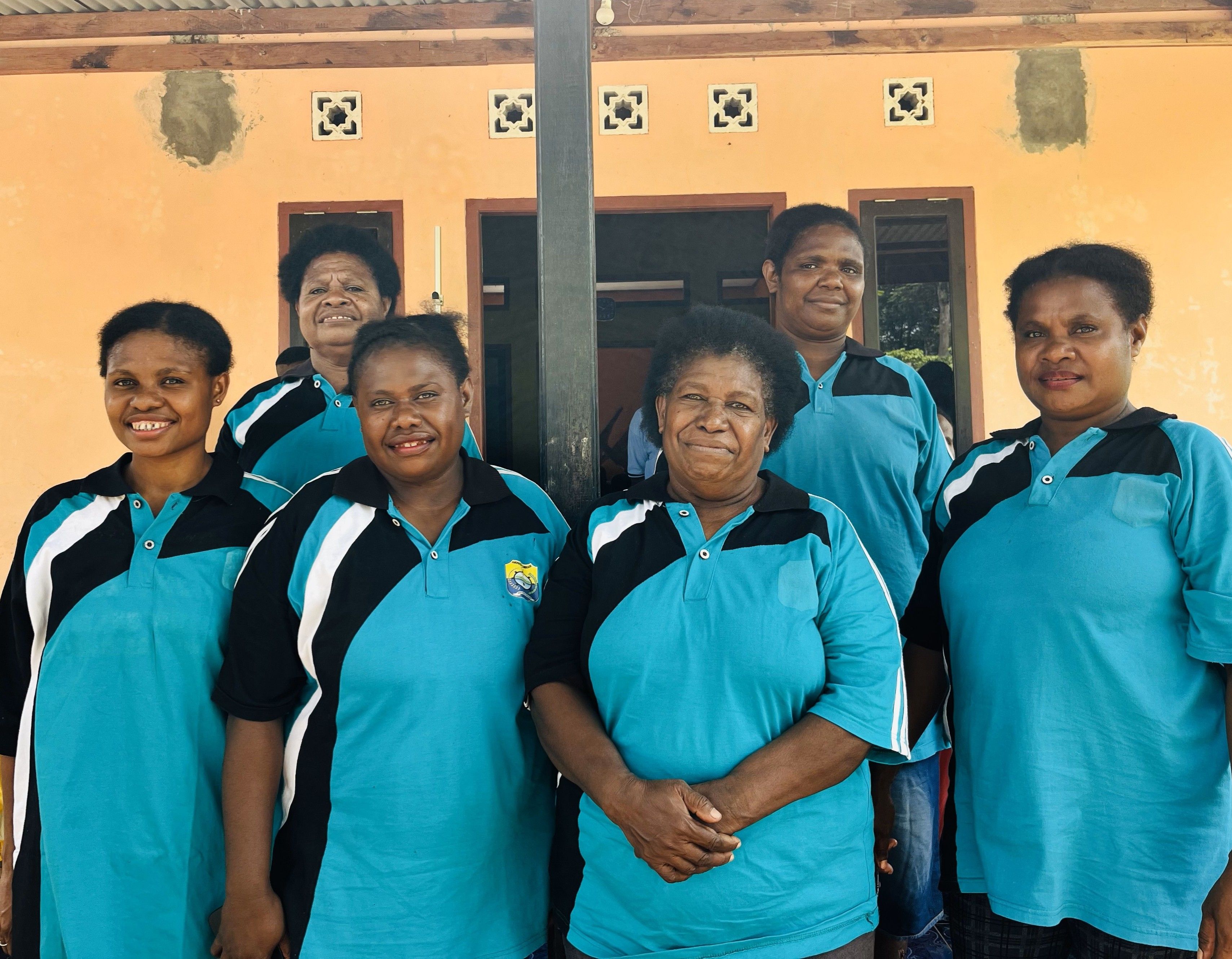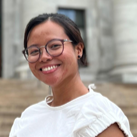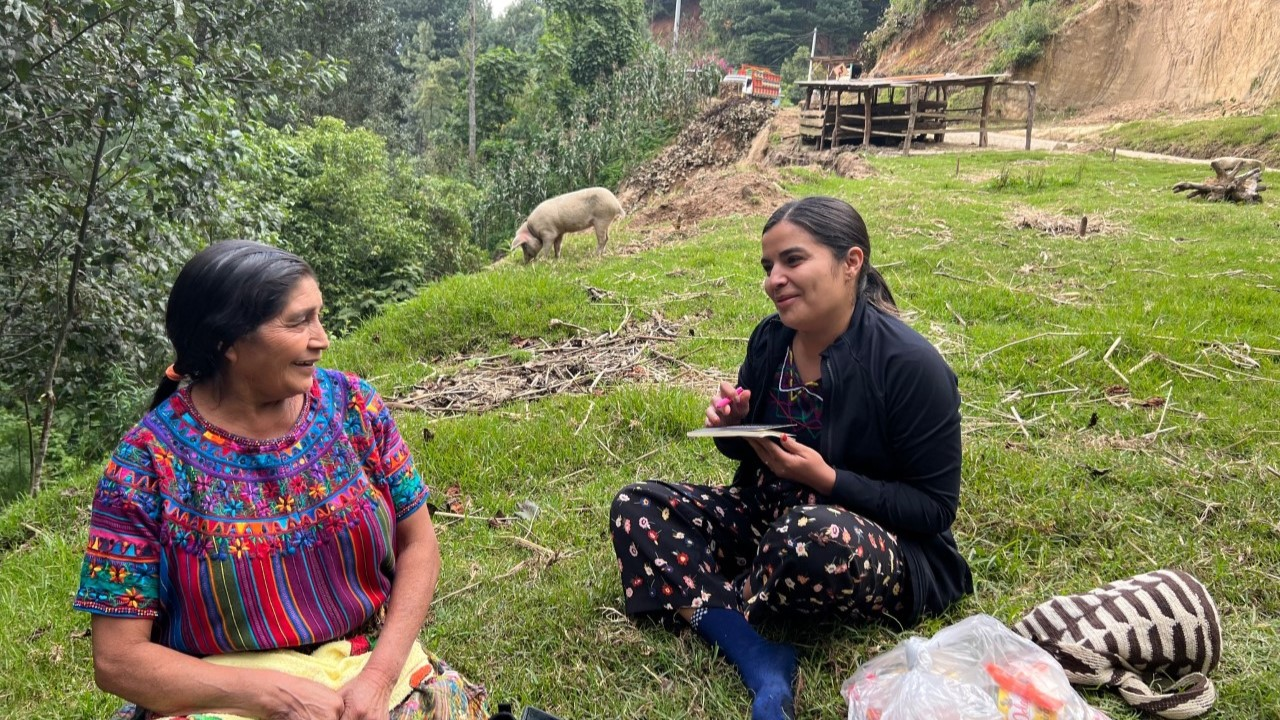During her fieldwork in Tambrauw, Papua, Tika investigated barriers to accessing maternal and newborn health services in one of Indonesia’s most geographically isolated regions. Her research combined household surveys, focus group discussions, and on-the-ground observation to understand how infrastructure, geography, and social dynamics shape health service delivery in this remote area.
A typical family in Tambrauw, Tika observed, consists of a mother caring for five or more children while the father works in the ladang (fields). Community health activities, such as monthly posyandu (integrated health service posts), serve as vital lifelines, offering weight checks and routine health assessments. Tika frequently visited these gatherings to conduct data collection and speak with mothers. In Salemkai District, her focus group discussions often included women accompanied by their young children, turning each session into an intergenerational exchange.
Tika and her team traveled between sites using an off-road vehicle, navigating rugged, slippery terrain that was particularly hazardous during the rainy season. In one photo taken during their final day in the field, she stood alongside the Community Health Workers (CHWs) who had acted not only as data collection assistants but also as guides and cultural liaisons, ensuring trust, access, and safety across the region's forested terrain.
The environment posed constant logistical challenges. Tambrauw is roughly 80% forested, a fact that contributes both to its rich biodiversity and its profound isolation. In several areas, Maria and her team interviewed participants on wooden patios of traditional homes, where the floors and walls were made from timber and bamboo.
Despite the obstacles, Tika witnessed significant efforts by the local government to improve infrastructure. New roads were being paved to replace treacherous, unsealed ones, which she noted would be essential for ensuring consistent health access in the wet season. Better roads meant more reliable access to health posts, reduced transport time in emergencies, and new possibilities for outreach by frontline health workers.
One of the most powerful parts of her fieldwork involved listening to mama-mama, local women who shared their stories in focus groups in villages. These discussions revealed both deep knowledge and persistent barriers: long travel distances, limited transportation options, and a lack of trained personnel in health facilities. Tika found hope and strength in their voices, many of whom expressed a desire to support community-driven solutions and improve care for the next generation.
Through this research, Tika deepened her understanding of how remoteness, tradition, and resilience intersect in maternal and newborn health. Her work helped shine light on the lived realities of families in Tambrauw, and the untapped potential of women’s voices to guide more inclusive, accessible health systems in some of the world’s hardest-to-reach places.
